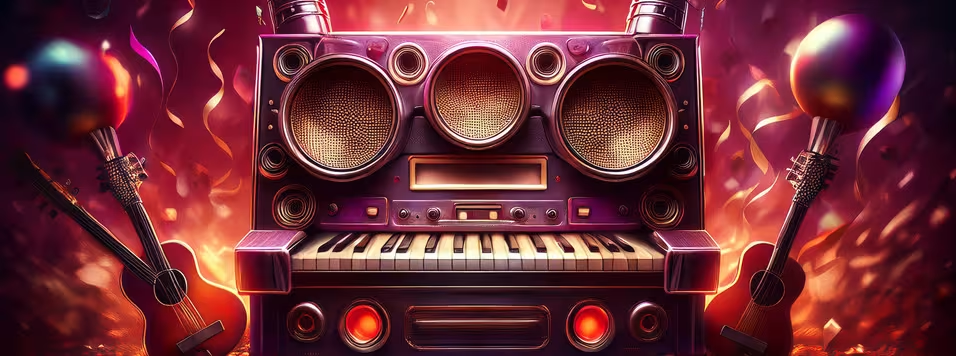
Open Mic vs. Open Jam: What's the Difference?
For musicians, comedians, poets, and storytellers of all skill levels, the local scene offers a variety of opportunities to perform. Two common staples in this world are the "open mic" and the "open jam." While both are public, often free events designed for participation, they serve fundamentally different purposes and cater to distinct types of performers. Understanding the nuances between them is key to choosing the right stage for your talents.
The Open Mic: The Solo Spotlight
An open mic, short for "open microphone," is an event where individuals perform their own material, typically alone. The format is structured and centered around the solo act.
- Format: Performers sign up for a slot, usually 5-10 minutes long, and perform their prepared set. This could be a musician playing a few original songs or covers, a comedian delivering a stand-up routine, a poet reading their work, or a storyteller sharing a short narrative.
- Purpose: The primary goal is for the individual performer to showcase their work and get comfortable performing in front of an audience. It's a low-pressure environment to test new material, get feedback, and build stage presence.
- Roles: The roles are clearly defined: there's the performer on stage and the audience. Other performers may be present, but they are generally there to watch and support their fellow artists.
- Equipment: The host venue typically provides a basic sound system—a microphone, a PA system, and sometimes a direct input for instruments. Performers bring their own instruments (like an acoustic guitar) or a backing track.
- Best for: Songwriters with original material, solo musicians, stand-up comedians, poets, and anyone who wants to perform their own pre-written act.
The Open Jam: The Collaborative Connection
An open jam, or "jam session," is a collaborative musical event where musicians improvise and play together in a loose, unstructured setting. The focus is on spontaneous creation and musical conversation.
- Format: There is often a "house band" or core group of musicians who start the session. Other musicians then take turns joining in, playing along with the group. There's no set list, and songs are often chosen on the fly or improvised entirely. A performer might jump in for a single song, play a solo, or stay for several tunes.
- Purpose: The goal is to collaborate, practice improvisation skills, and enjoy the communal act of making music. It's less about a polished performance and more about the process of musical interaction. It's a great way to meet other musicians and learn new styles.
- Roles: The roles are fluid. A guitarist might lead a song, then a bassist takes over, followed by a drummer setting the rhythm. There is no singular "performer" but rather a collective of musicians creating together. The audience is there to enjoy the collaborative energy.
- Equipment: A jam session typically has a full backline of equipment—a drum kit, bass amp, and guitar amp are often provided. This makes it easy for musicians to "plug and play" with minimal setup.
- Best for: Instrumentalists (guitarists, drummers, bassists, keyboardists), horn players, and vocalists who are comfortable improvising and playing with a group they've never met. It's an excellent environment for honing chops and learning to listen and react to other musicians.
The Key Differences at a Glance
Open Mic vs Open Jam
Focus
Open Mics: Individual performance
Open Jams: Collaborative improvisation
Material
Open Mic: Pre-written, prepared acts
Open Jam: Spontaneous, on-the-fly music
Structure
Open Mic: Strict time slots for each performer
Open Jam: Loose, fluid, and communal
Goal
Open Mic: Showcase original work, build confidence
Open Jam: Jam with other musicians, practice improv
Typical Performers
Open Mic: Songwriters, comedians, poets
Open Jam: Instrumentalists, improvisational vocalists
Equipment
Open Mic: Often just a mic and PA
Open Jam: Full backline (drums, amps, etc.)
In conclusion, while both open mics and open jams are pillars of the local creative community, they offer different experiences. An open mic is where you go to deliver your message, whether it's a song, a joke, or a story, and own the stage for a few minutes. An open jam is where you go to listen, react, and become part of a larger musical conversation. Whether you're a seasoned pro or just starting out, knowing the difference can help you find the perfect venue to share your passion.
- Log in to post comments
Comments
Nice article
I'm trying to build followers for my open mic but I think having an open jam might be more fun and bring more people out.